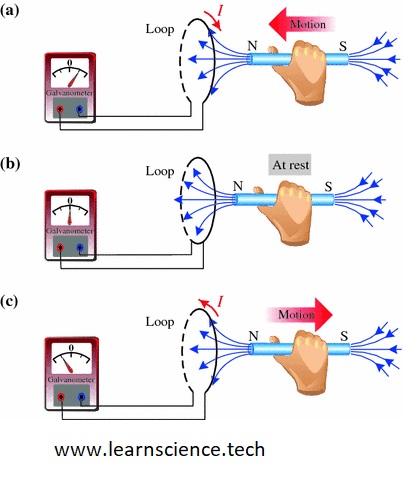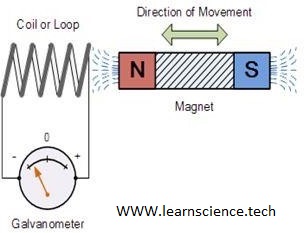Top 5 Best Powerful Explanation Faraday’s Laws of Electromagnetic Induction
Faraday’s Laws of Electromagnetic Induction is a fundamental principle in physics that describes how a changing magnetic field can induce an electric current in a conductor. This phenomenon, discovered by Michael Faraday in 1831, is the cornerstone of many electrical technologies that power our modern world.
What Is Faraday’s Laws of Electromagnetic Induction?
Electromagnetic induction occurs when a conductor, such as a coil of wire, experiences a change in magnetic flux. This change can be due to the movement of a magnet near the conductor or the variation in the strength of a magnetic field. According to Faraday’s Law, the induced electromotive force (EMF) is proportional to the rate of change of magnetic flux through the conductor.
Who discovered Electromagnetic Induction?
Answer :Michael Faraday, an English scientist, discovered electromagnetic induction in 1831. His experiments demonstrated that a changing magnetic field could induce an electric current in a conductor, leading to the formulation of Faraday’s Laws of Electromagnetic Induction.

How Electromagnetic Induction Works?

- Magnetic Flux Variation: When a magnet moves relative to a coil of wire, the magnetic flux through the coil changes.
- Induced EMF: This change in magnetic flux induces an EMF in the coil, causing electrons to move and creating an electric current.
- Factors Affecting Induction:
- Speed of Movement: Faster movement of the magnet increases the rate of change in magnetic flux, leading to a higher induced EMF.
- Number of Coil Turns: More turns in the coil result in a greater induced EMF.
- Strength of Magnetic Field: A stronger magnetic field enhances the induction process.
Applications of Electromagnetic Induction
Electromagnetic induction has practical applications in various technologies:
- Electric Generators: Convert mechanical energy into electrical energy by rotating a coil within a magnetic field.
- Transformers: Change the voltage level in alternating current (AC) circuits through mutual induction.
- Induction Cooktops: Use electromagnetic fields to directly heat pots and pans, providing efficient cooking.
- Wireless Charging: Transfer energy between two coils through electromagnetic induction to charge devices without physical connectors.
- Magnetic Resonance Imaging (MRI): Utilize strong magnetic fields and radio waves to create detailed images of the organs and tissues inside the body.
What Factors Affect the Induced EMF?
The magnitude of the induced EMF depends on:
- Rate of Change of Magnetic Flux: Faster changes induce greater EMF.
- Number of Turns in the Coil: More turns result in higher induced voltage.
- Area of the Coil: Larger areas capture more magnetic flux.
- Strength of the Magnetic Field: Stronger fields induce greater EMF
One Reply to “Top 5 Best Powerful Explanation Faraday’s Laws of Electromagnetic Induction”